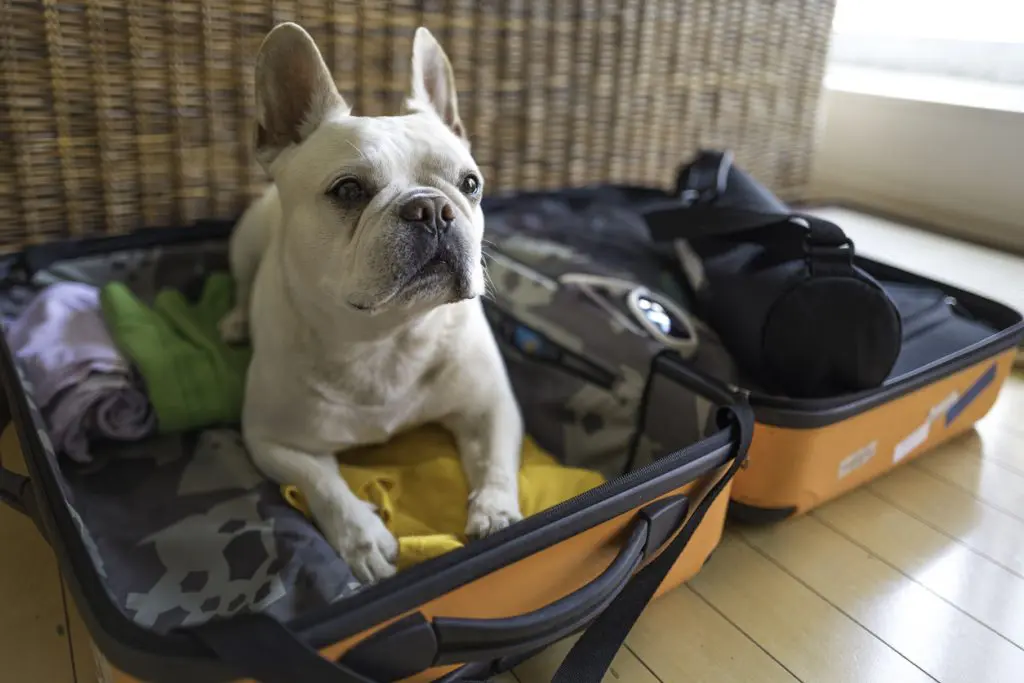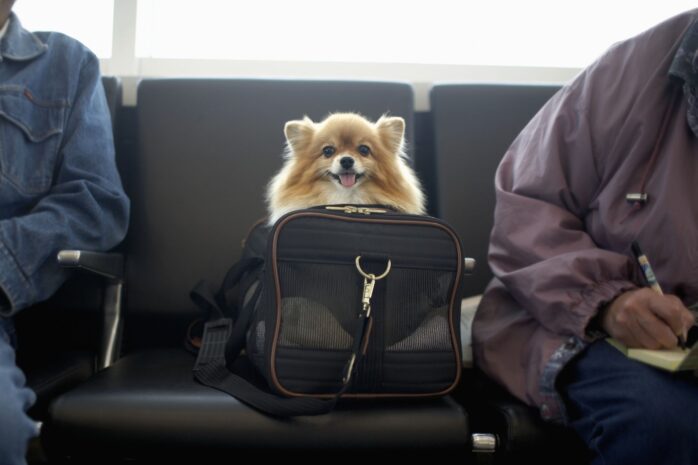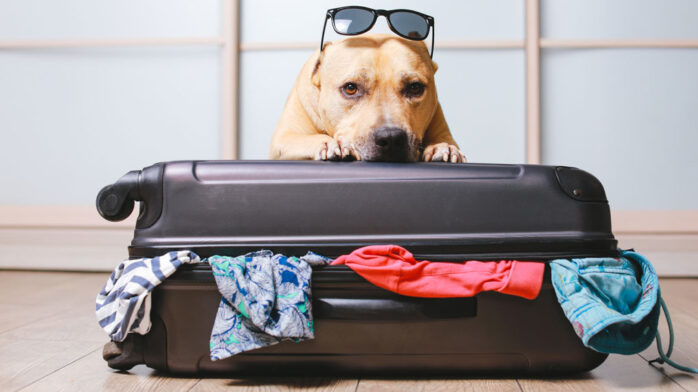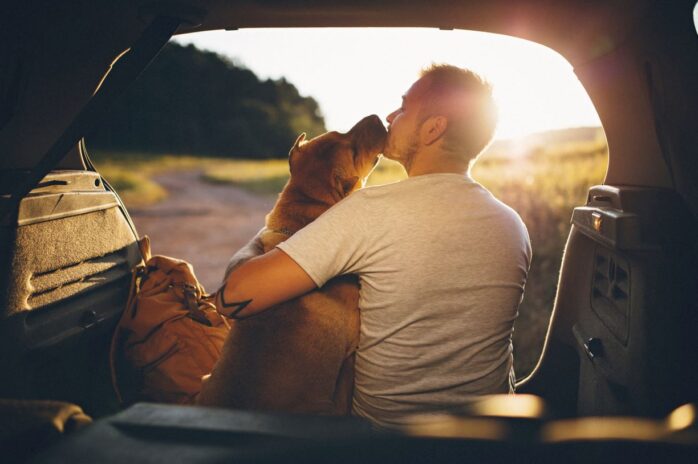
Your pet deserves the world, but to also see the world and explore it next to you. If you decide to go somewhere with your pet, be it a cat or a dog, you must ensure that not only they’re having fun but also do not lack basic needs. If you’re not taking care of them properly, they might get sick or agitated, and your vacation will be ruined.
Remember that your pet won’t easily get accustomed to new environments, so starting small with your trips is better. For example, let’s say you frequently take them to the park or around your house. From that point, try to explore the city you’re living in so that they can get to feel more comfortable around more people and animals. Then, in time, make your journeys longer and farther away, and they’ll know what to expect and behave better. With that aside, here’s how to make the most out of your journey with your beloved pet!
Plan your trip according to their needs

Before making any plans, look for accommodation and spaces that are pet friendly so you won’t have any surprises when you get to your destination. So, as we said before, it’s crucial to get them accustomed to the world in small steps. But sometimes, that won’t do the trick because your pet might be too old to be physically and mentally challenged too often. In that case, shorter trips are better for them, with fewer transportation scales.
On the other hand, if your pet is young, they might get excited by all the fuss around them and become too aggressive towards other people and animals. So, the least you can do is train them a few weeks before your trip some basic commands to make sure you can control them when they’re agitated.
Make a vet appointment before your travel
Now that you’ve planned your trip, it’s time to make an appointment at the vet clinic and check your pet’s health condition. The first thing you need to consider is having your pet implanted with a microchip, so you can easily find them in case they get lost. This chip will be registered with your current contact information, including your phone number.
Secondly, to avoid any expensive health troubles, getting pet insurance for your furry friend would be best. Your pet insurance company may cover their accidents and illnesses, along with hospitalization, surgeries and emergency care. When looking at bivvy.com, you can read what some pet parents have to say about their coverage before you buy. As with any purchase, read up on the coverage first so you’re informed.
Regarding what you should expect before a vet visit, know that for international traveling, the following indicators will be checked:
- Overall health. If your pet is overweight, they can be vulnerable during flights, or if they have other health issues, it would be best for them to be left at home (not alone, though).
- Vaccinations. Your pet’s vaccinations should be current and up to date, as most countries require dogs and cats to be vaccinated against rabies and other common pet diseases. It would be best to check for the country’s regulations on pet vaccination before making any travel plans.
- Treatment for external and internal parasites. In some countries, it’s easier for pets to catch parasites, so make sure you check the country’s information regarding this when going to the vet.
- Health certificate and blood work. Many airlines require a health certificate to be able to board the flight, and the blood is necessary for heartworm and rabies tests.
Know what to pack for maximum comfort

When traveling with your pet, it’s most likely that you won’t find food and water that easy, so you need to make sure you’re packing them some snacks and clean water (for you as well) to keep them happy and in good condition.
Then, you should prepare a supply kit that includes:
- Medications (especially if they’re going under treatment, but you can also have some for diarrhea or pain management);
- Leash and a collar so that you can avoid losing them;
- Bowls for food and water;
- Poop bags (or a litter box if you can);
- A familiar blanket or toy to help them be less nervous;
If you’re traveling by car, you must have a pet car seat to keep them restrained and avoid the risk of a crash. If you’re traveling by air, your pet must stay in a carrier (the same thing applies to other public transportation vehicles). Lastly, if you’re traveling by foot, make sure they have a place to rest and sleep.
Know the rules of traveling by public transportation
Traveling by public transport isn’t for any pet. Although dogs are easier to adapt to new surroundings, cats can be more nervous, but it highly depends on their personality. But know that not every public transport company allows pets, so you should check that beforehand.
You should teach your pet the basic commands, but it’s also important to learn to read the signs they give. If they’re nervous or about to become aggressive, they will always behave in a certain way ―it’s up to you to know them.
But know that your pet will not be allowed to travel if they don’t have a microchip or a pet passport, or their vaccinations and treatments aren’t up to date. Always check the country’s rules regarding traveling, because in some cases, pets aren’t allowed to occupy a seat, so you’ll have to hold them in your lap or let them sit on the floor, which can upset them.

Final thoughts
If you want your pet to have fun, it’s best to take into consideration how they are feeling between people and what their medical condition is. Make sure you pack what’s necessary for them, and remember, as long as they’re happy and healthy, you’ll also enjoy your vacation!











